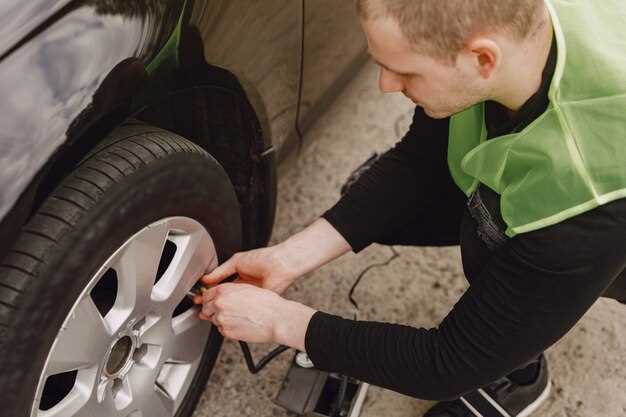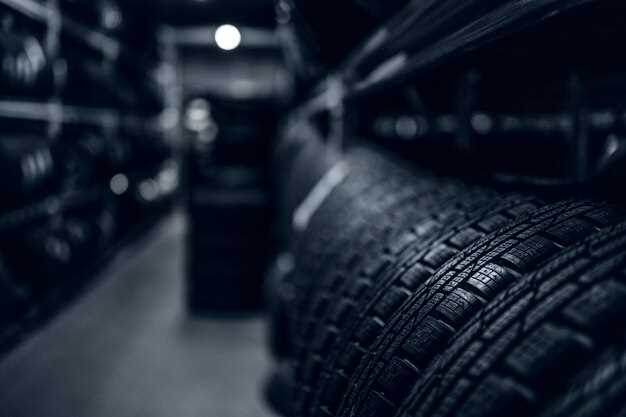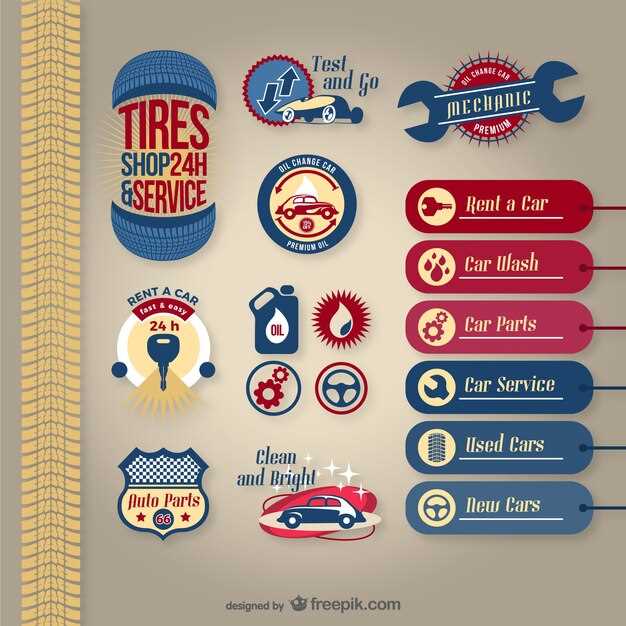
When it comes to performance driving, the condition of your track tires is crucial for safety and efficiency. Over time, tires can wear down, affecting not only handling but also the overall driving experience. Recognizing the signs that you need new track tires is essential for maintaining optimal performance on the racetrack.
One of the most common indicators that it’s time for new tires is significant tread wear. Tread depth is vital for providing grip and stability, especially in high-speed cornering situations. If the tread has worn down to less than 3mm, it may be time to consider a replacement. Additionally, visual signs such as cracking, bulging, or uneven wear patterns can signal that your tires are no longer safe for track use.
Another important factor to consider is the age of your tires. Even if the tread appears to be in good condition, tires that are over six years old can become less effective due to the degradation of rubber compounds. Furthermore, regularly checking tire pressure and monitoring the handling characteristics of your vehicle can help identify when a change is necessary. If you’re experiencing decreased traction or increased sliding during maneuvers, it’s likely time to invest in new track tires.
Assessing Tread Wear for Optimal Performance
Understanding tread wear is essential for maintaining the performance and safety of your vehicle. The tread acts as the primary point of contact between your tires and the road, influencing traction, handling, and braking capabilities. Regular assessment of tread depth can help identify when it’s time for new tires.
One of the simplest methods for evaluating tread wear is the penny test. Insert a penny into the tread grooves with Lincoln’s head facing down. If you can see the top of his head, your tread is too worn, and it’s time to replace the tires. A minimum tread depth of 2/32 inches is generally recommended for safe driving conditions.
Another indicator to consider is uneven tread wear, which can signal alignment or suspension issues. Inspect the tread across the width of the tire; significant differences can suggest that the tires are not making proper contact with the road, impacting your vehicle’s performance and safety.
Look for visible signs of damage, such as cracks, cuts, or bulges in the tire. These imperfections can compromise the structure of the tire, and if combined with low tread depth, they pose an increased risk of tire failure. Regular visual inspections can help you catch these issues early.
Pay attention to the type of driving conditions you frequently encounter. If you often drive on wet or slippery surfaces, maintaining adequate tread depth is crucial for optimal traction. Tires with insufficient tread can lead to hydroplaning, increasing the likelihood of accidents in adverse weather.
Ultimately, assessing tread wear is a proactive measure that contributes to your vehicle’s performance and safety. Regular checks and timely tire replacements not only enhance driving experience but also promote better fuel efficiency and vehicle longevity.
Identifying Changes in Handling and Grip

A noticeable change in your vehicle’s handling and grip is one of the key indicators that your track tires may need replacement. Effective tires should provide a stable connection with the asphalt, offering both responsive steering and confident braking. If you start feeling a lack of responsiveness during turns, it could signal that your tires are worn out.
Oversteering or Understeering: If your vehicle tends to oversteer or understeer more than usual, it may indicate decreased grip. Oversteering occurs when the back tires lose traction, causing the rear to slide out during cornering. Conversely, understeering happens when the front tires lose grip, making it difficult to steer into a corner. Both scenarios suggest that tire performance is compromised, and it’s crucial to address this issue promptly to maintain control.
Increased Road Noise: When tires are in good condition, they should operate relatively quietly. An increase in road noise during driving can be a sign of uneven wear, improper inflation, or damaged tires. If the sound becomes noticeable, it is advisable to inspect your tires for any visible wear and consider replacing them if necessary.
Longer Stopping Distances: Worn out tires affect your ability to brake efficiently. If you notice that your stopping distances are longer, it may indicate that the tread depth has diminished to a level where your tires can no longer provide adequate grip on the road. Insufficient tread means reduced friction, which is critical for effective braking.
Vibration or Shimmying: A consistent vibration or shimmying sensation felt through the steering wheel can also highlight tire issues. This may suggest uneven wear patterns or structural damage to the tire. If vibrations occur frequently, it’s essential to have your tires thoroughly checked to determine if they need to be replaced.
Visual Inspection: Regular visual inspections can help identify issues before they become significant problems. Look for signs of uneven wear, cracks, or bulges. Inspect the tread depth; some tires have tread wear indicators that make it easier to gauge their condition. If the tread is worn down to the indicators or below, it’s time to consider new tires.
In summary, be attentive to any significant changes in handling and grip as these can jeopardize your safety. Ignoring these warning signs can lead to compromised performance and increased risk while driving. Regularly assessing the condition of your tires will help ensure a safe driving experience on the track.
Recognizing Vibration and Noise During Rides

Experiencing unusual vibrations and noises while driving can be a significant indicator that your vehicle’s track tires need replacement. Vibrations may manifest as a roughness felt through the steering wheel or floorboards. These could be signs of uneven tire wear, misalignment, or even a loss of balance in the tires. Pay close attention to the severity and frequency of these vibrations, as they can escalate and lead to more serious vehicle issues if not addressed.
Noises, such as humming, thumping, or squealing sounds, can also hint at tire problems. A consistent humming noise is often associated with worn or damaged tires, while a thumping sound could indicate a bulge or separated tread. Squealing can suggest that the tread is excessively worn or that the tires are losing traction. It’s crucial to assess the conditions under which these noises occur, as they can provide valuable clues about their origin.
If you notice these vibrations or sounds growing more pronounced at specific speeds or during particular maneuvers, this may indicate a deeper issue with the tires or the vehicle’s suspension system. Regular inspections and prompt attention to these warning signs can prevent further damage, ensuring a safer and smoother ride.
